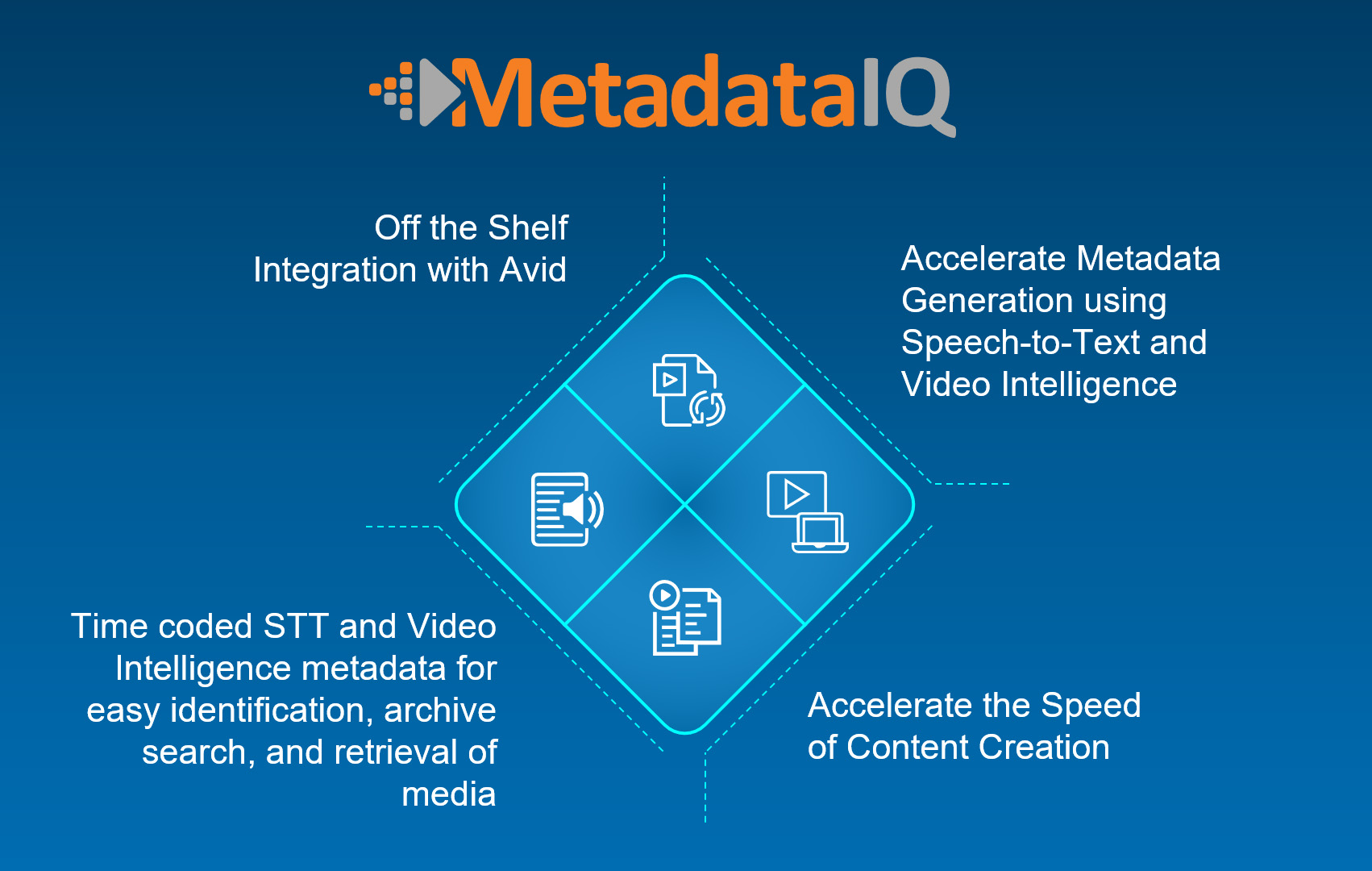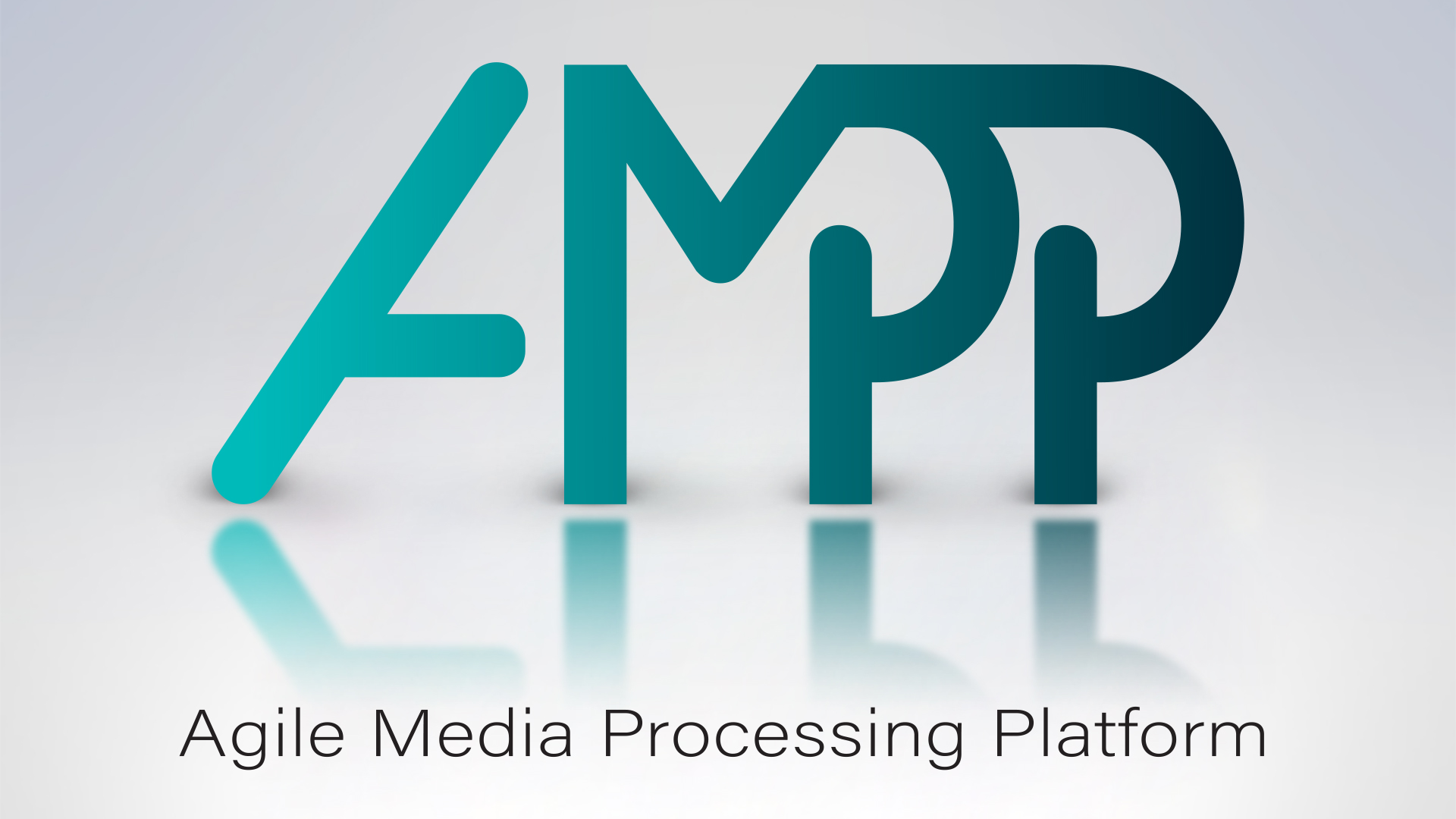The rise of cloud technology has had a profound impact on various industries, and sports broadcasting is no exception. Cloud-connected camera workflows are revolutionizing the way live sports events are captured, produced, and distributed, leading to more efficient, scalable, and cost-effective solutions. In this article, we’ll delve into the exciting world of cloud-connected camera workflow and its transformative potential for sports broadcasting.
The Basics of Cloud-Connected Camera Workflow
A cloud-connected camera workflow involves capturing, processing, and managing video feeds from cloud-connected cameras at a sports event using cloud-based services and infrastructure. This setup eliminates the need for traditional on-site production facilities, as video feeds can be directly transmitted to the cloud, where they are processed, edited, and distributed to various platforms.
Cost-Effective and Scalable Production
One of the most significant advantages of cloud-connected camera workflow is its cost-effectiveness. By leveraging the power of the cloud, broadcasters can reduce their reliance on costly on-site hardware and personnel, streamlining production costs. Additionally, cloud-based solutions provide the flexibility to scale resources up or down as needed, ensuring optimal efficiency and cost management.
Remote Collaboration and Real-Time Editing
The cloud enables remote collaboration between production teams, allowing editors, producers, and directors to work together from anywhere in the world. With video feeds available in real-time on cloud platforms, teams can edit and produce content as it is being captured, speeding up the production process and delivering content to viewers faster than ever before.
Enhanced Accessibility and Distribution
Cloud-connected camera workflow simplifies content distribution to various platforms, including social media, websites, and mobile apps. This streamlined distribution process makes it easier for broadcasters to reach their audience across multiple channels and devices, expanding their reach and driving viewer engagement.
Reliability and Redundancy
Cloud infrastructure offers increased reliability and redundancy compared to traditional on-site production setups. With data centers spread across multiple geographic locations, the cloud ensures that if one location experiences an outage or technical issue, the production can continue uninterrupted using backup resources from other locations.
The Challenges and Future Outlook
Despite the numerous advantages of cloud-connected camera workflow, challenges remain. Network latency, security concerns, and the need for reliable high-speed internet connections are some of the hurdles that must be addressed as the technology continues to evolve.
Sports broadcasters can overcome these challenges by adopting strategies such as network optimization, edge computing, network redundancy, end-to-end encryption, robust access control, regular security updates and monitoring, and considering hybrid solutions when appropriate.
By proactively addressing these challenges, sports broadcasters can harness the full potential of cloud-connected camera workflows and other cloud-based solutions, transforming the way they produce and deliver sports content to audiences worldwide.




